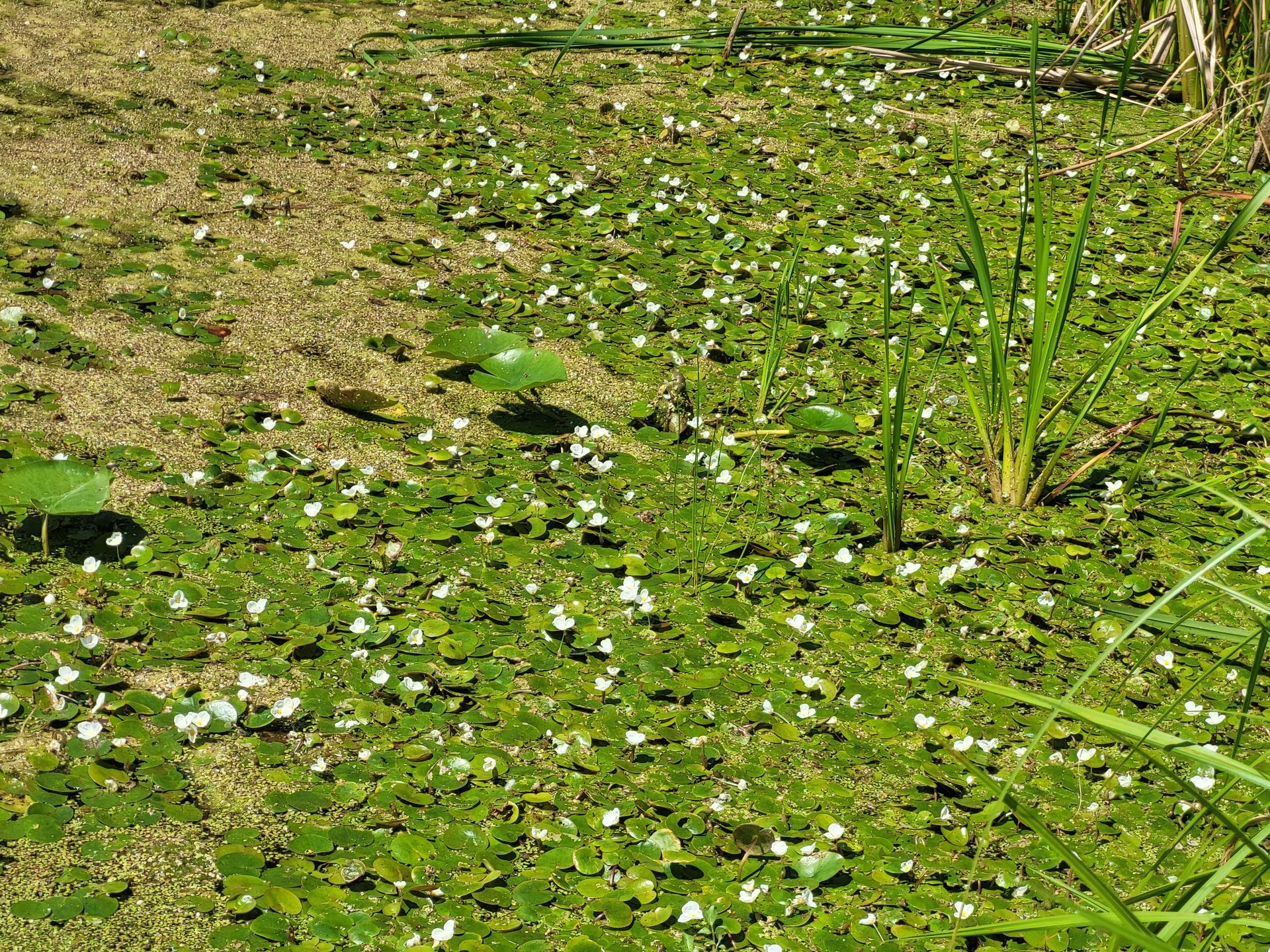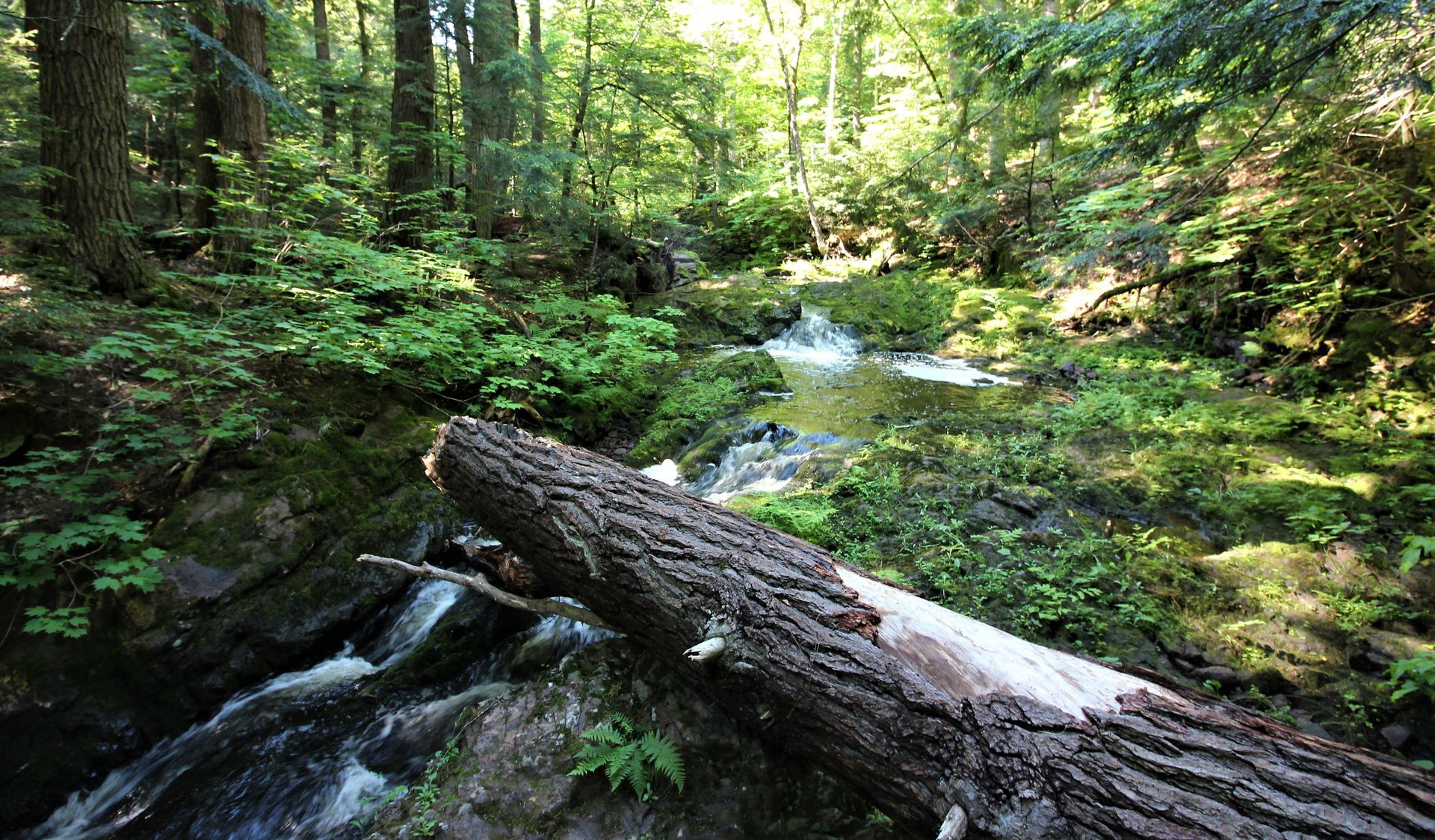December WMAC: DNR Law Enforcement Division expected to present
The Wolf Management Advisory Council (WMAC) will convene in St. Ignace Tuesday for its December meeting.
Department of Natural Resources (DNR) Law Enforcement Division (LED) is expected to present on the division’s accomplishments from the last wolf management plan, and council members suggested presentation items such as whether LED believes the current fines and penalties act as an actual deterrent to poaching and how LED interacts with the judicial system during prosecutions.
MUCC Executive Director Amy Trotter said understanding the interplay between enforcement, wolves and residents will help the council better understand the on-the-ground needs of law enforcement.
“Knowing how law enforcement officers handle wolf conflicts, the process used to determine poaching incidents and what, if any, changes they would recommend to the plan is key to developing a whole-cloth, sustainable wolf management plan,” Trotter said. “Oftentimes, rules and regulations are only as good as what will be enforced. And we need to be sure that our recommendations are in line with what DNR law enforcement officers are able and willing to undertake.”
At the meeting, council members are also expected to discuss recommendations and updates to sections 6.3 (Enact and Enforce Regulations Necessary to Maintain a Viable Wolf Population) and 6.5 (Maintain Habitat Necessary to Sustain a Viable Wolf Population) of the 2015 Wolf Management Plan .
The meeting will start at 9 a.m. at Little Bear East Arena. Those wishing to provide public comment should email dnr-wmac@michigan.gov and indicate what topic you will be speaking on. If signed up by Friday, members of the public giving testimony related to agenda items are given five minutes and those speaking on items not included in the agenda are given three. Anyone who signs up at the meeting to testify will be given three minutes.
At the November WMAC meeting , DNR Large-carnivore Specialist Cody Norton highlighted several reached goals since the last wolf management plan was developed, including:
- Providing information to the public on wolves through radio, tv interviews and presenting at conferences and university classes
- Monitoring the abundance and distribution of wolves more accurately
- Improving and maintaining wildlife habitat on state land and other land ownerships
- Monitoring disease prevalence by collecting samples and performing necropsies at a lab
- Conducting research projects to provide a greater understanding of deer survival
- Recognizing the cultural significance of wolves through including indigenous values into management plans
- Providing livestock producers with information and non-lethal tools to minimize wolf conflicts
The WMAC is comprised of six members: Dan Kennedy representing the DNR, Amy Trotter representing a conservation organization (Michigan United Conservation Clubs), Mike Thorman representing a hunting organization (Michigan Hunting Dog Federation), Miles Falck representing tribal interests (Great Lakes Indian and Fish and Wildlife Commission), Dick Pershinske representing agricultural interests (Upper Peninsula resident) and Bee Friedlander representing an animal advocacy organization (Attorneys for Animals). Falck was participating via phone at the meeting.
Michigan’s minimum winter wolf population estimate is 695 wolves, according to the DNR — greater than the original population goal of 200 established by the DNR in 1997.
In late 2020, the Trump administration delisted the gray wolf from the Endangered Species Act and handed management of the species back to states. That delisting has been challenged by anti-hunting organizations in a California federal court .
The post December WMAC: DNR Law Enforcement Division expected to present appeared first on Michigan United Conservation Clubs.
Recent Posts



